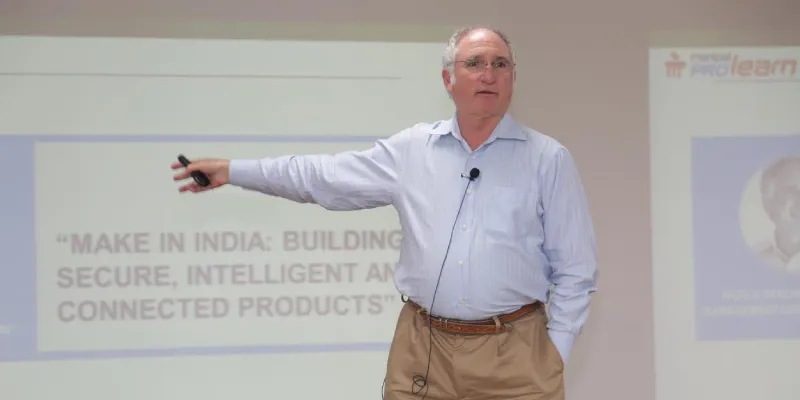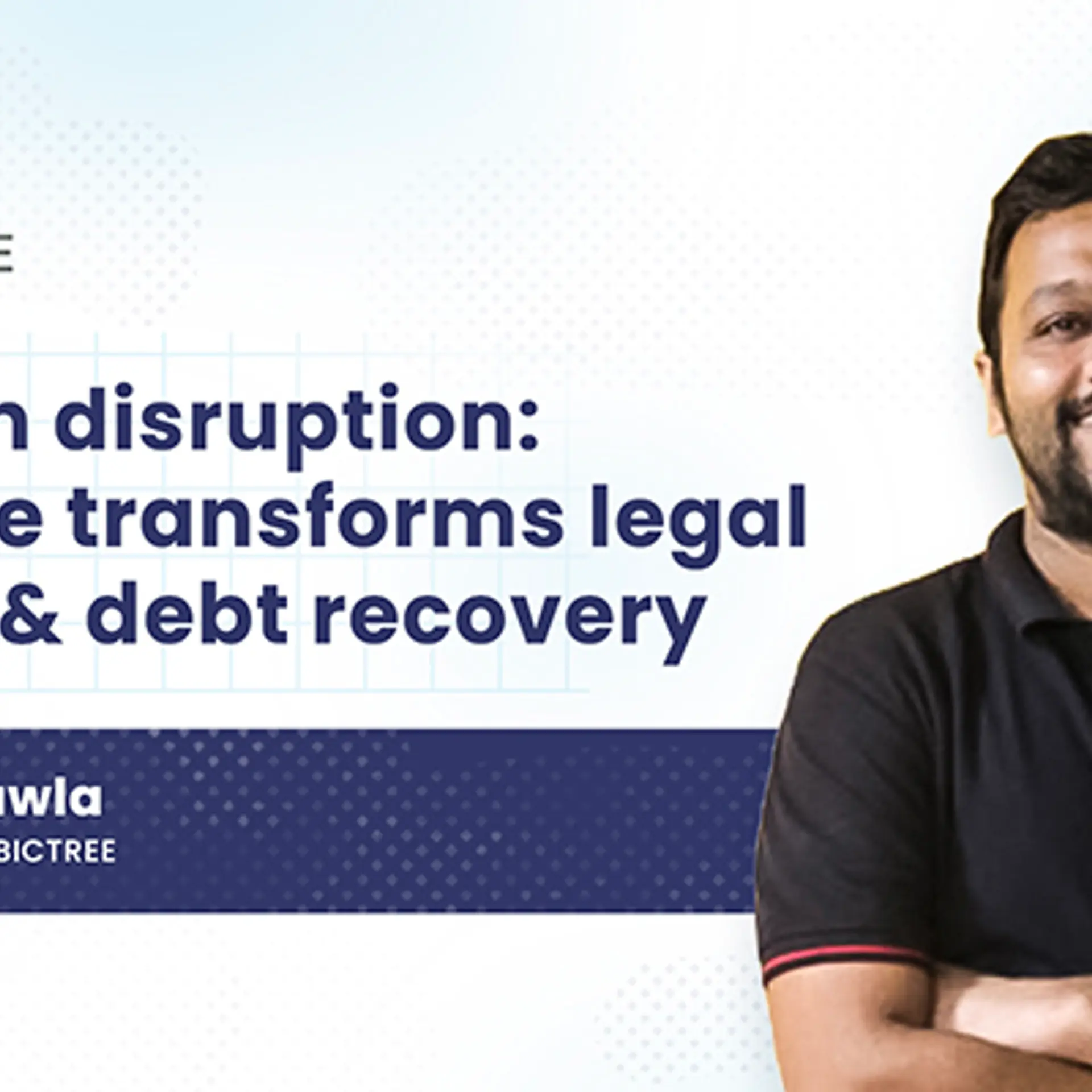To build successful products out of India, author David Fradin says 'observe, research and innovate'
Author and product management guru David Fradin says companies can create successful products only after keenly observing people’s actions and following it up with research to identify the unmet needs.
The story goes that Steve Jobs would hide in the bushes outside Apple’s Palo Alto store to observe what people were doing. A deep technology company like Intel hired over 100 social anthropologists to study what people do.
This is the fundamental first step towards building great products. David Fradin, author of Building Insanely Great Products, and who was recruited by Apple to bring the first hard disk drive on a PC to market told YourStory that entrepreneurs need to identify 15 unmet needs of consumers to build a successful business. Here are the edited excerpts from an interaction.
YourStory: How does one go about creating a successful product?
David Fradin: The question is ‘what makes a successful product?’ Startups and technology companies across the world are repeating two critical mistakes over and over again. First, they think it is all about technology; it is not.
Technology is for practical purposes. Companies brainstorm, ideate, invent fast, and fail quickly. They do not know what the customer wants. We need outcome-based innovation. These companies are not granular enough on what their customer wants. If you are in the enterprise business, then you should know what your customer is doing.
Entrepreneurs should find out what their prospective customers want to do. They should question the importance of the product and how satisfied the customers are. Great companies across the world like Procter & Gamble, Amazon, and Apple are constantly studying their customers.
The key for product companies is to identify 15 unmet needs. If somebody identifies these, you know the product is going to be successful. The problem with ideation, innovation and growth hacking is that you come up with 14 brilliant ideas to get rid of 13. That is why companies fail and that is why investors lose money.
The next thing you do after one observes what people do is to ask non-linear questions. Do the surveys among whom are you building the product. Look at your buyers and influencers.
In product development, once you have the persona of a product, and the picture of whom you are selling to laid down, you can put down your value proposition, product description, market opportunity, research etc. Later, other things like marketing, training, engineering and development come into the picture.
Companies must be clear on the persona of the product and the value proposition. There is a lot happening worldwide, like Artificial Intelligence autonomous vehicles. Augmented reality is going to significantly impact a lot of unmet needs.

YS: Does computing power help in identifying the unmet needs of consumers?
DF: You do not need this computing power to find the 15 unmet needs. Procter & Gamble has been doing this for so long. It is all based on observations. Intel has hired 110 social anthropologists to study what people do. Japanese and some Korean car companies are doing it too.
LG watched what people are doing, and came out with a powerful innovation of installing a water dispenser outside the refrigerator, instead of keeping the facility inside. Companies like Starbucks, and Tesla too are doing it. One does not have to speculate about this, you just go about observing, and later support what you saw with interviews and surveys.
Big data and analytics are all good things in an existing market. If it is new and emerging market, it does not do any good.
YS: What role does gut instinct play in product development?
DF: Steve Jobs observed what people did, and to say that he did not believe in market research was part of the smoke screen to throw off the competition. When I was there, we had 40 market researchers who did a lot of research. You cannot ask people what they want unless you observe what they do. Then you focus on what your prospective customers want to do.
YS: What is the mindset change required in India to create a product culture?
DF: There is a clear top-down approach in India where everyone sits around and says, ‘I cannot do anything unless the government tells us to do that’.
Microfinance was not clearly dictated by the government and that was a big shift.
One of the major problems India faces is that of disposal of waste where there is a move to ban plastic. Why don’t we think of using this plastic to create the asphalt to fill up potholes in the roads? I believe such technology exists where plastic can be converted into asphalt.
The other major focus in India is on capital concentration, which you typically see in the oil industry. We need to decentralise where one can see examples of the microfinance or wind power segments. In the 60s, India skipped the stage of stringing wires from city to city, and delivered education through the use of satellites. The country could leapfrog and build these innovative products.
The auto industry in Japan went out and observed what people wanted and realised that they were looking at cars with better mileage. The rest is history.
YS: How can countries leapfrog into product innovation?
DF: One could look at little problems and come out with innovative solutions. You could then leapfrog. In most parts of the world, particularly in Asia, there is a top-down approach. Singapore made the same mistake where they realised that they cannot compete with India and China in services, and started with investing in startups.
It was all about finance, but without figuring out what the customer wants to do. In Singapore, they do not do anything unless there is a government grant. One of the strong recommendations I made to them is to encourage the seed and venture capital industry. If someone has a really good idea, ask them for a product market strategy on what is solves. If the company does not have that, tell them to do their work before you give them a nickel for product development. Do not fund any development until the product market strategy is clear.
YS: How do you see India’s entrepreneurial ecosystem?
DF: I think there is a strong desire to succeed; the whole micro-finance sector has shown that. The advice I would give to entrepreneurs is that they should think small, stay focused and think within their resources. Bootstrap, take the product into the marketplace, get traction.







